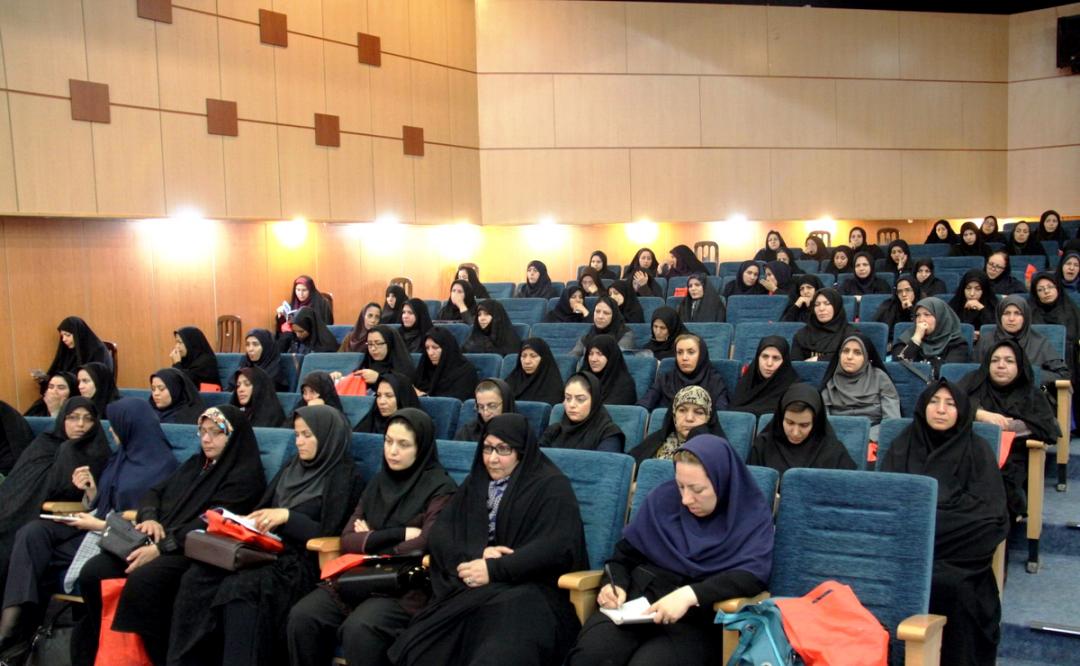The next five-year economic development plan (2016-2021) will empower women in five areas of family, health, employment, social insurance and social distress, said Susan Bastani, deputy of parliamentary affairs at the Vice-Presidency for Women and Family Affairs.
The measures will focus on reducing discrimination and promoting gender equality and prepare the grounds for achieving gender balance in different aspects of women’s life by taking a new approach and using all the existing potentials for more support to women’s human rights.
“That approach is based on protecting the well-being and integrity of the family along with women’s social, political, and economic empowerment aimed at creating a balance among the multiple roles they play in the family and society,” the Persian language ‘Iran’ newspaper quoted her as saying.
Minister of Industries, Mining and Trade Mohammad Reza Nematzadeh, says women’s employment is one of the most important issues in the economy. In reviewing women’s employment on the basis of existing evidence and statistics in the years 1996-2011, the proportion of employed women to their total population showed a decreasing trend. In 1996, nearly 79% of women were employed and the rate plummeted to 62.3% in 2006, followed by 59.4% in 2011. Currently, of the total working population of 24.5 million, 13% are women.
Pointing to women’s overall unemployment rate of 30%, Bastani said this rate is threefold the average unemployment rate of the country, which is 11%.
There are various reasons for the low rate of employment among Iranian women, most important of which are illiteracy or lack of sufficient education and skills, less income and the fact that a large number of women are housewives.
Legislative Support
Although legislation supports women workers, there are pros and cons in connection with their employment. Under the law, women workers are prohibited from engaging in hard and hazardous jobs. Moreover, mothers who breast-feed are given half an hour break every three hours at work in order to feed their babies.The breaks are calculated as part of their working hours.
The law gives almost complete support to women’s maternal rights. But the same laws that back the rights of women make private employers and even government organizations reluctant to employ women except when and where necessary.
Moreover, most Iranian women are housewives; nearly 69% of women in urban areas and 75.4% in rural areas are engaged in housework. Though the percentage of housewives in rural areas is higher than in urban areas, most rural women are engaged in agricultural activities, besides home chores.
Women account for 60% of rice production, 90% of vegetable growing, and 50% oil seeds, 30% horticultural and 90% carpet production in the country.
Illiteracy and the inclination of mothers to keep their daughters at home to help them with housework (for instance taking care of babies, etc.) explain why most Iranian women, particularly in rural areas, are at home.


